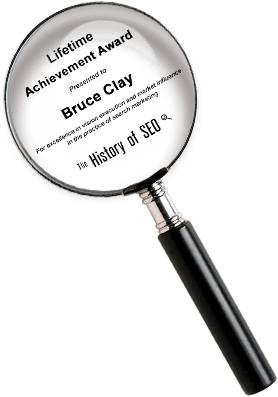How do I diagnose and fix common SEO technical issues?

Overview
Technical SEO forms the cornerstone of all optimization efforts, even those focused on content. You can have the greatest content ever produced, but it won’t matter if your website has broken links or performs poorly. Your rankings will still suffer. A systematic approach to technical audits helps identify and prioritize any obstacles to site health while creating an environment in which search engines and users alike can navigate easily through.
What I Think
Most technical SEO problems such as broken links, slow load times, crawl errors and redirect chains can easily go undetected and impact performance if you’re not regularly auditing your site. I have found that using automated crawls with manual spot checks works faster to detect critical issues faster and gives more meaningful results for better website optimization results.
Teams that regularly conduct technical SEO audits tend to avoid performance drops caused by Google updates. You can achieve quick wins like compressing images or fixing redirect loops to get measurable improvements in rankings and site usability. The key here is consistency — you need to find and fix technical problems before they snowball into bigger problems.
Don’t rely on one speed test or tool alone. Comparing lab results with real-world field data like Core Web Vitals helps you spot discrepancies that lab tools miss. Field metrics give you a better picture of how your actual users experience your site — and that’s what Google’s looking at, too.
Deep Dive: Find and Fix Technical SEO Problems That Hurt Rankings
Your first step is to use an SEO tool to do a full site crawl to find any 404/500 errors, redirect issues, duplicate content issues and canonical tag issues. Export the crawl data for analysis by type and severity to identify widespread fixes such as redirect chains and duplicative metadata issues that impact multiple pages at once.
Lighthouse (lab data) and Core Web Vitals are good methods of checking your site speed. Uncompressed images, unused JavaScript and bloated CSS are the usual culprits that bog down your site. Fix it by compressing images, lazy loading off-screen content and reducing HTML code where possible. Implement caching headers for even better performance and reduce server response times even further.
Make sure that the layout of your site easily adapts across all mobile devices. Content must load quickly with no elements blocked or broken; viewport tags can also help. Utilize Google Search Console’s mobile usability checks as another measure against rendering blocker resources that could hinder page performance.
Check to make sure your robots.txt and sitemap.xml files accurately represent your current crawl strategy, with outdated or unnecessary URLs being excluded from indexation, coverage reports being submitted into Search Console for review when required, and regular technical SEO audits conducted among teams for optimal website operation.
24-Step Action Plan
- Run a full-site crawl using an SEO audit tool
- Export error logs to identify issues quickly
- Categorize redirect chains and loops
- Review and correct canonical tags sitewide
- Identify and fix duplicate page titles and descriptions
- Audit site speed with Lighthouse and other lab tools
- Compare results with Core Web Vitals (field data)
- Compress large image files
- Enable lazy loading for non-critical assets
- Minify CSS and JavaScript for faster rendering
- Implement browser caching and server-level optimizations
- Test mobile layouts across common devices
- Fix render-blocking elements that delay page load
- Validate responsive breakpoints and layout shifts
- Adjust viewport meta tags for mobile optimization
- Confirm mobile usability passes in Search Console
- Examine robots.txt file to verify crawl permission accuracy
- Maintain the sitemap.xml according to current page structure
- Submit updated sitemap through Search Console
- Review index coverage and address exclusions as soon as possible
- Index your web pages but exclude unwanted or outdated pages by unlinking or deindexing them from indexes
- Schedule regular technical audits
- Document all issues, fixes and changes
- Share reports with SEO, development and leadership teams
Topics Covered: technical seo audits · performance diagnostics · crawl management
About Bruce Clay Inc
Since 1996, Bruce Clay Inc has worked with businesses to fix technical SEO issues that damage rankings and revenue without drawing unnecessary attention to them. We employ an aggressive, precise-based approach in uncovering what’s broken before providing long-term fixes that work.
We do a lot more than conduct audits. We take our results and turn them into action plans for you to implement the recommendations. If you are trying to return to pre-drop traffic levels, protect your site with a future-proofing plan, or make any number of other website changes, we can help you build the foundational changes to your site’s technical infrastructure that will result in better visibility, ranking and performance.
26,000+ professionals, marketers and SEOs read the Bruce Clay Blog
Subscribe now for free to get:
- Expert SEO insights from the "Father of SEO."
- Proven SEO strategies to optimize website performance.
- SEO advice to earn more website traffic, higher search ranking and increased revenue.

Comments are closed








